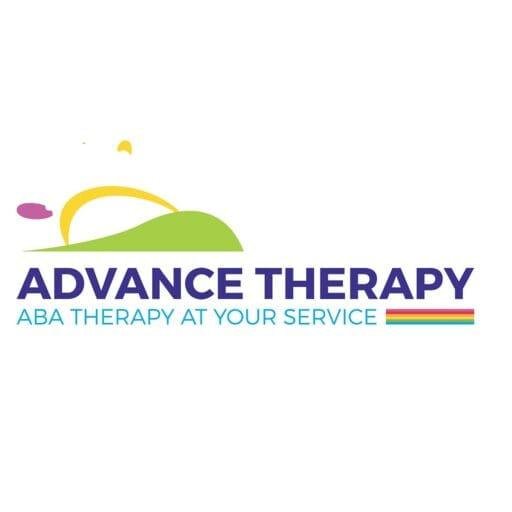
Imagine seeing your child achieve milestones you once thought were impossible. The joy of watching them communicate more effectively, navigate social situations, and gain independence is incomparable. But how do you make this vision a reality? The key lies in setting precise, meaningful goals for ABA therapy at home Canada.
Applied Behavior Analysis (ABA) therapy has transformed countless lives, providing structured interventions that support skill development and behavioral improvement. But the magic truly happens when goals are tailored, measurable, and actionable.
In this guide, we will walk you through everything you need to know about setting goals for ABA therapy at home Canada. From understanding the principles of ABA to creating actionable steps, this article ensures you have a roadmap to help your child thrive.
Why Setting Goals is Crucial in ABA Therapy
Provides Direction
Without clear goals, ABA therapy can feel like navigating a maze without a map. Goals provide:
A roadmap for skill acquisition
Benchmarks to measure progress
Motivation for both the child and therapist
Enhances Motivation
Setting goals creates a sense of achievement. Every small success, from making eye contact to completing a task, builds confidence and encourages continued effort.
Improves Measurement and Tracking
ABA therapy relies on data. Well-defined goals allow therapists to:
Track progress
Adjust interventions based on results
Celebrate milestones with tangible evidence
Supports Individualized Therapy
Every child is unique. Goals ensure that therapy focuses on areas where the child needs the most support, whether it’s social skills, communication, or daily living tasks.
Step 1: Understand the Areas of Development
Before setting goals, it’s crucial to understand the developmental areas ABA targets. Some key areas include:
Communication Skills
Communication is the foundation for almost all learning. Goals may focus on:
Making requests
Using words or alternative communication devices
Improving sentence structure
Initiating conversations
Social Skills
Social skills help children build relationships and navigate the world around them. Goal examples include:
Sharing and taking turns
Understanding emotions
Responding appropriately to peers
Engaging in group activities
Daily Living Skills
Promoting independence is a major objective of ABA therapy. Goals in this area may include:
Brushing teeth
Dressing independently
Preparing simple meals
Cleaning up toys or personal spaces
Behavioral Goals
ABA therapy also addresses challenging behaviors by teaching alternatives. Goals might include:
Reducing tantrums or aggression
Replacing self-injurious behaviors with safe behaviors
Developing coping strategies for frustration
Academic Skills
For school-age children, ABA therapy often integrates academic goals such as:
Reading comprehension
Math problem-solving
Following classroom routines

Step 2: Make Goals SMART
SMART goals are Specific, Measurable, Achievable, Relevant, and Time-bound.
Specific
A goal should clearly define the skill or behavior. Instead of “improve communication,” a specific goal would be:
“The child will request toys using 3-word sentences in 4 out of 5 opportunities.”
Measurable
Ensure you can track progress. Measurable goals include a quantifiable target, such as:
“Increase independent tooth brushing from 0 to 5 consecutive days per week.”
Achievable
Goals should challenge the child but remain realistic. Unrealistic goals can cause frustration and reduce motivation.
Relevant
Goals must align with the child’s developmental needs and therapy objectives. For example, improving social interaction might take priority over advanced academic skills for a preschooler.
Time-bound
Set a timeline to achieve each goal. Time-bound goals provide urgency and structure, helping therapists and parents track progress efficiently.
Step 3: Involve the Family
Collaboration is Key
Family involvement is critical in ABA therapy at home Canada. Parents and caregivers can:
Reinforce goals at home
Monitor progress between therapy sessions
Provide insights about behaviors or challenges in natural settings
Consistency Across Environments
Consistency is essential for generalization. When goals are reinforced both at home and in therapy sessions, children are more likely to maintain skills across settings.
Empower Parents
Parents who actively participate in goal-setting and tracking gain confidence in supporting their child’s development. They become advocates and partners in the therapy process.
Step 4: Break Goals Into Smaller Steps
Large goals can be overwhelming. Breaking them into smaller, manageable steps ensures steady progress.
Example
Goal: Improve social interaction with peers.
Step 1: Smile or wave at a peer
Step 2: Respond to greetings
Step 3: Engage in a simple conversation
Step 4: Participate in a cooperative activity
Each small step should be measurable and reinforced to encourage success.
Step 5: Track Progress with Data
Data collection is a cornerstone of ABA therapy.
Methods of Tracking
Frequency recording: Count how often a behavior occurs
Duration recording: Measure how long a behavior lasts
Interval recording: Track whether a behavior occurs during specific time intervals
Review and Adjust
Regularly review data to determine whether goals are being met. If progress is slow, modify strategies or break goals into smaller components.
Conclusion
Setting goals for ABA therapy is not just a task—it’s a roadmap to your child’s success. By understanding developmental areas, applying the SMART framework, involving family, tracking progress, and collaborating with therapists, you create a structured, effective approach that fosters skill development, independence, and confidence.
Remember, every child progresses at their own pace. Celebrate small victories, remain consistent, and adjust goals as needed. With well-set goals, ABA therapy—especially ABA therapy at home Canada—can be transformative, offering children the tools to thrive in communication, social interaction, daily living, and beyond.
Your journey may have challenges, but with careful planning and dedication, each step forward is a meaningful achievement.
